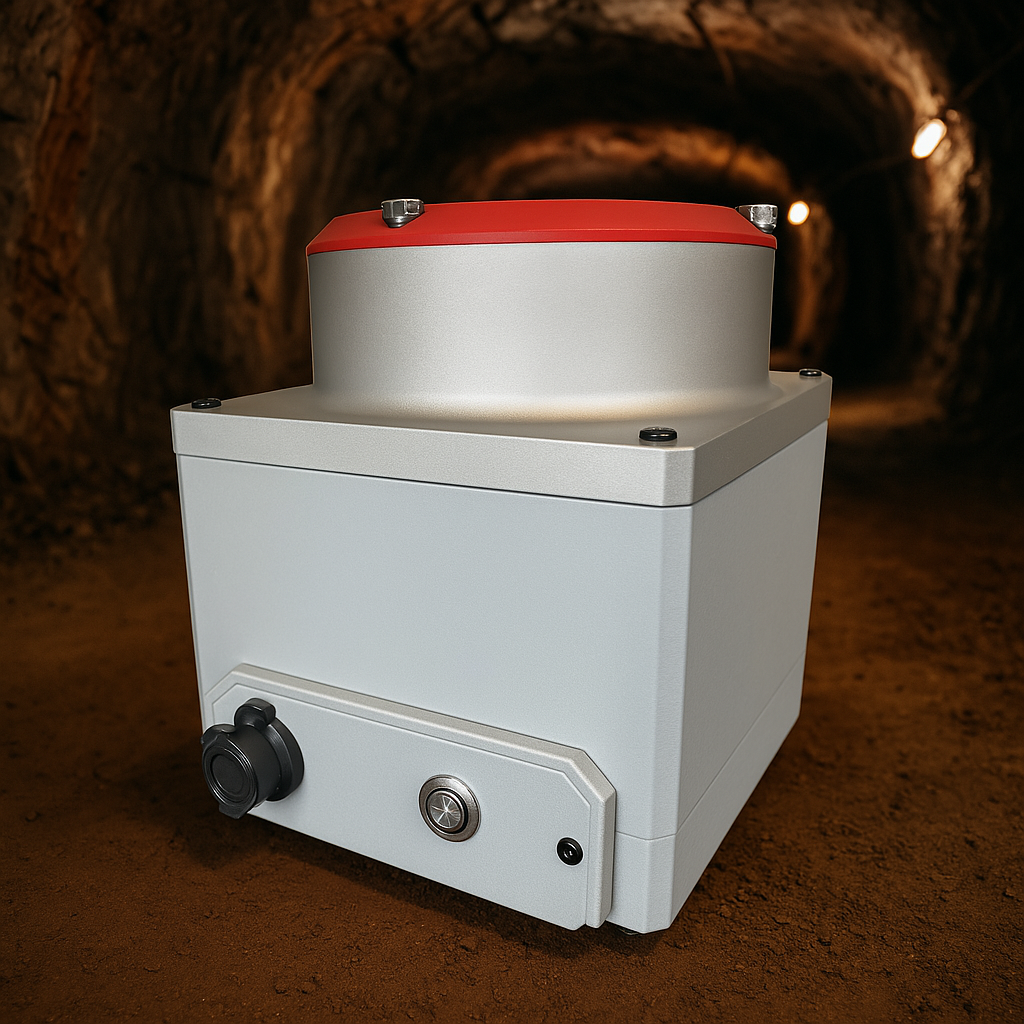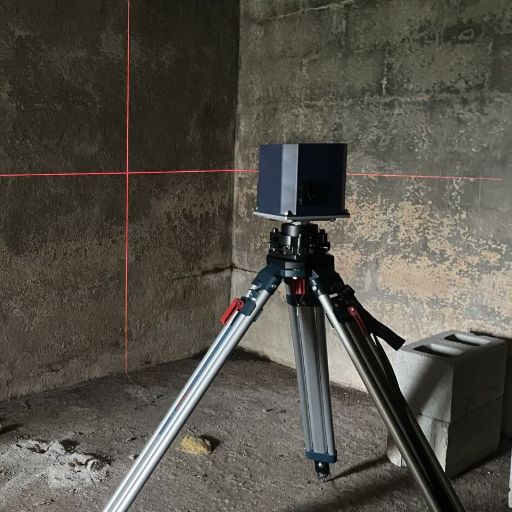Gyrocompassing: Navigating the Unnavigable
Reliable navigation in GPS-denied environments
When traditional navigation systems fail in underground environments, gyrocompassing technology continues to provide accurate heading information, making it an essential tool for operations in caves, tunnels, and other challenging locations.


